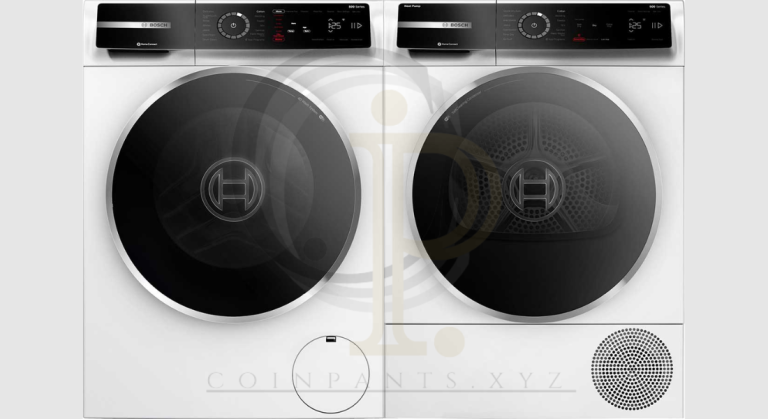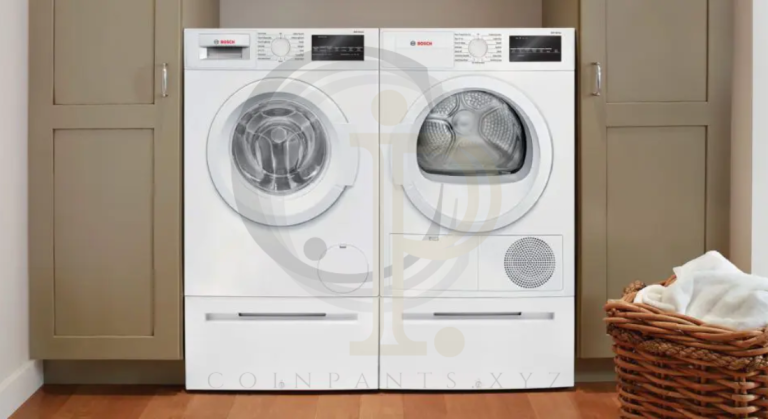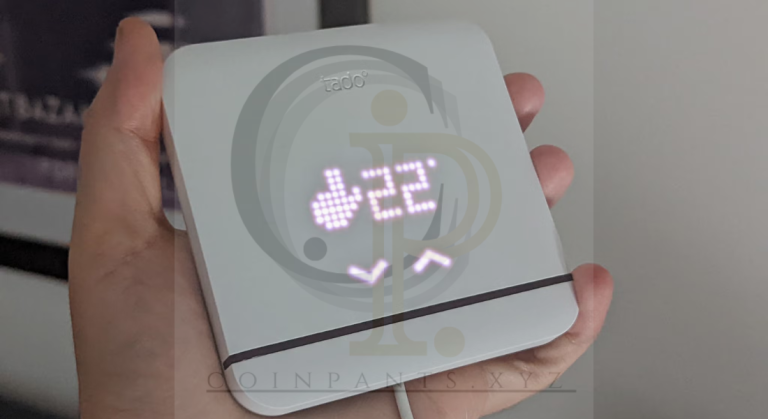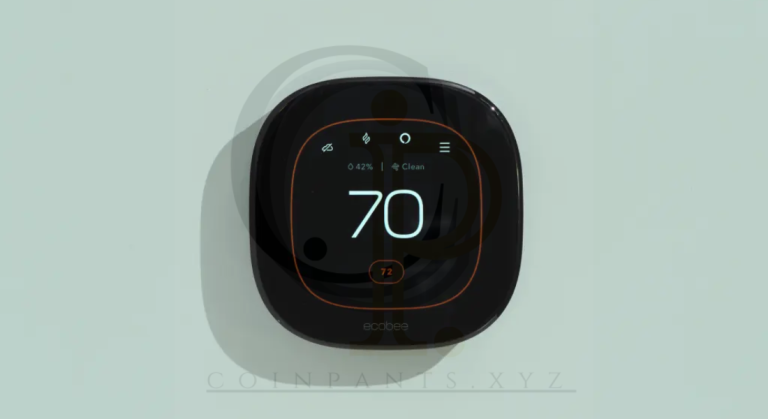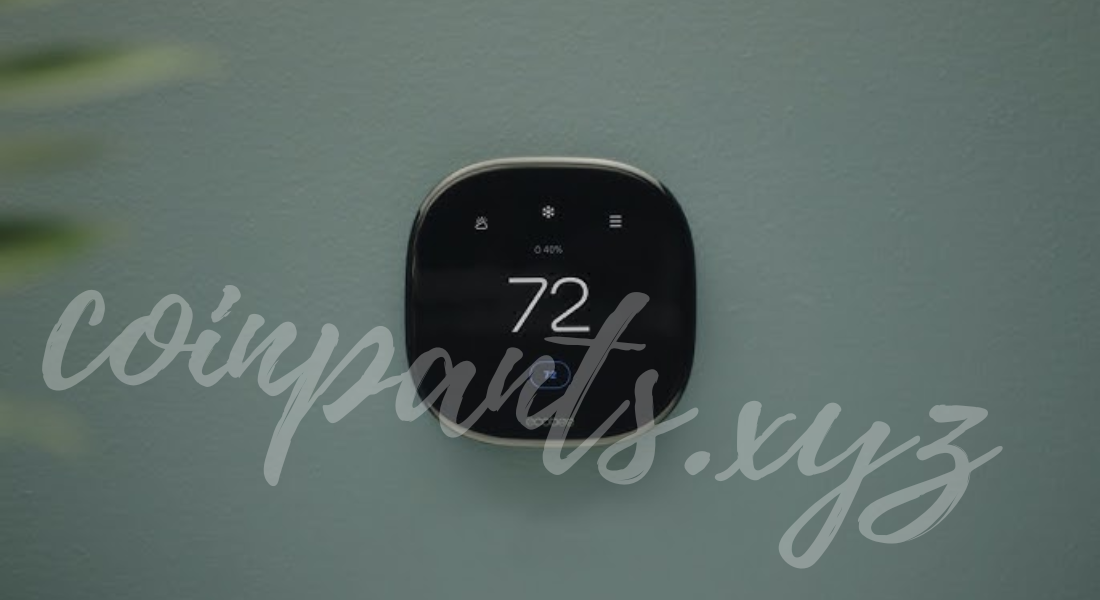
Introduction
When it comes to managing home temperature, smart thermostats have become an essential tool for homeowners. Among the leading brands in the market, Ecobee stands out, particularly with its innovative Ecobee remote sensors. These sensors are designed to enhance the performance of Ecobee thermostats by allowing them to measure temperature and occupancy in various rooms throughout your home. If you’re looking for a smarter, more efficient way to regulate your home’s climate, understanding the functionality and benefits of Ecobee remote sensors is crucial. In this comprehensive guide, we’ll explore what these sensors are, how they work, and how they can improve your overall home comfort and energy efficiency.
What Are Ecobee Remote Sensors?
Ecobee remote sensors are small devices that communicate with Ecobee smart thermostats to improve the accuracy of temperature readings. These sensors are typically placed in different rooms in your home, and they can detect temperature fluctuations and occupancy. The sensors send this data to the Ecobee thermostat, enabling it to make more precise adjustments for optimal temperature control.
Key Features of Ecobee Remote Sensors
- Temperature and Occupancy Sensing: Ecobee remote sensors can detect both the temperature of a room and whether it is occupied. This means that your thermostat can adjust the temperature based on whether you are in a room or not, providing maximum comfort only when needed.
- Wireless Connectivity: These sensors are wirelessly connected to the Ecobee thermostat, making them easy to install without the need for complex wiring. This feature offers flexibility in terms of sensor placement and installation.
- Energy Efficiency: By using the data from multiple sensors, the Ecobee thermostat can intelligently manage the temperature in your home. This results in more energy-efficient heating and cooling, as your HVAC system will not be running unnecessarily in rooms that are not in use.
- Integration with Ecobee Thermostats: The remote sensors work seamlessly with Ecobee’s line of smart thermostats, including the Ecobee SmartThermostat and Ecobee3 Lite. They communicate with the thermostat via a secure, low-energy Bluetooth connection.
Why Should You Use Ecobee Remote Sensors?
There are several compelling reasons why integrating Ecobee remote sensors into your smart home setup can be highly beneficial.
1. Improved Comfort
One of the main advantages of using Ecobee remote sensors is the ability to maintain an even temperature throughout your home. Since the sensors monitor temperatures in different rooms, your thermostat can adjust heating and cooling based on actual conditions in each area, not just in the room where the thermostat is located. This feature is especially beneficial for homes with uneven temperatures, where certain rooms may be hotter or cooler than others.
2. Enhanced Energy Efficiency
With Ecobee remote sensors, your HVAC system can work more efficiently. For example, if a room is unoccupied, the sensor will alert the thermostat, and the system will adjust accordingly to avoid heating or cooling empty spaces. This level of efficiency can lead to significant energy savings, as your system will no longer waste energy on rooms that don’t require climate control.
3. Room-Specific Control
Another benefit of Ecobee remote sensors is the ability to control specific rooms in your home. For instance, if you have a room that tends to get very warm in the summer or very cold in the winter, you can place a sensor in that room to ensure it maintains a comfortable temperature. This provides more precise control than relying on a thermostat placed in a different area of the house.
4. Increased Home Value
Smart home devices, such as Ecobee remote sensors, are attractive features for potential buyers. A home with advanced temperature control and energy-efficient systems can be a selling point, especially as more homeowners seek to reduce their energy consumption and improve comfort.
How to Install Ecobee Remote Sensors
Installing Ecobee remote sensors is a relatively simple process, thanks to their wireless design. Here’s a step-by-step guide on how to set them up:
Step 1: Unbox the Sensors
Start by unboxing your Ecobee remote sensors. Each sensor typically comes with a battery and adhesive strips for mounting. Ensure that you have everything you need before beginning the installation process.
Step 2: Choose the Placement
Consider where you want to place the sensors. The ideal locations are rooms where you spend the most time or areas that experience significant temperature fluctuations. Common placements include living rooms, bedrooms, and kitchens.
Step 3: Attach the Sensors
Using the adhesive strips provided, attach the sensors to a wall or place them on a flat surface in the room. Ensure that the sensor is placed at an optimal height (typically around 5 feet off the ground) to get accurate temperature readings.
Step 4: Connect the Sensors to the Thermostat
Once the sensors are in place, connect them to your Ecobee thermostat via the Ecobee app. The app will guide you through the pairing process. Once connected, the sensors will begin sending data to your thermostat, enabling it to adjust the temperature based on the readings from multiple rooms.
Step 5: Configure the Settings
Finally, configure the settings on your Ecobee app to adjust how the thermostat uses the data from the remote sensors. You can specify which rooms you want to prioritize in terms of temperature control and customize your schedule for energy savings.

Maximizing the Benefits of Ecobee Remote Sensors
To get the most out of your Ecobee remote sensors, consider the following tips:
- Place Sensors Strategically: The key to maximizing the effectiveness of the sensors is placing them in rooms that experience the most significant temperature fluctuations or where you spend the most time.
- Use Sensors for Smart Scheduling: Leverage the data from the remote sensors to create a schedule that optimizes energy savings. For example, set the temperature lower during the night when you’re not using certain rooms and higher during the day when you’re at home.
- Regularly Check Sensor Battery Levels: Since the sensors are battery-powered, make sure to check the battery levels regularly to ensure continuous performance. Ecobee sensors typically have a long battery life, but it’s a good idea to keep an eye on them.
- Combine with Smart Home Integration: If you have other smart home devices, integrate the Ecobee remote sensors with your system to create a more seamless and automated experience. For example, linking your sensors with smart lights or motion detectors can further optimize your home’s energy efficiency.
Common Issues with Ecobee Remote Sensors and Troubleshooting
While Ecobee remote sensors are reliable, there are a few common issues that users may encounter. These include:
- Connectivity Issues: If the sensors are not connecting to your thermostat, ensure that they are within range of the thermostat and that the batteries are fully charged.
- Incorrect Temperature Readings: If you notice inaccurate temperature readings, check if the sensors are placed in an area with extreme conditions, such as near windows, doors, or heat sources. Move the sensor to a more stable location.
- App Configuration Problems: If the Ecobee app is not recognizing your sensors, try resetting the connection or reinstalling the app to resolve the issue.
Conclusion
Incorporating Ecobee remote sensors into your home heating and cooling system is a game changer for both comfort and energy efficiency. These sensors offer precise temperature control and occupancy-based adjustments that help create a more comfortable living environment while reducing energy waste. Whether you’re looking to make your home more energy-efficient or simply want more control over your indoor climate, Ecobee remote sensors provide the technology and flexibility you need. With easy installation and powerful features, they are an essential addition to any modern smart home setup.
By following the tips and steps outlined in this guide, you can unlock the full potential of Ecobee remote sensors and enjoy a smarter, more comfortable home.
